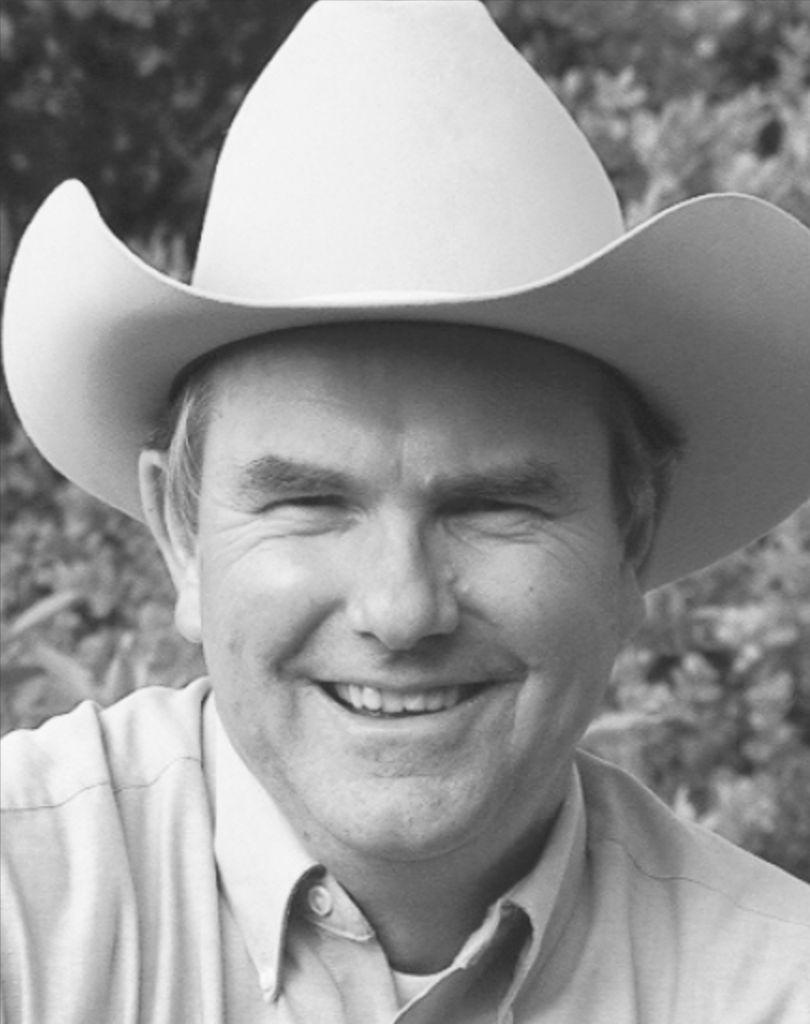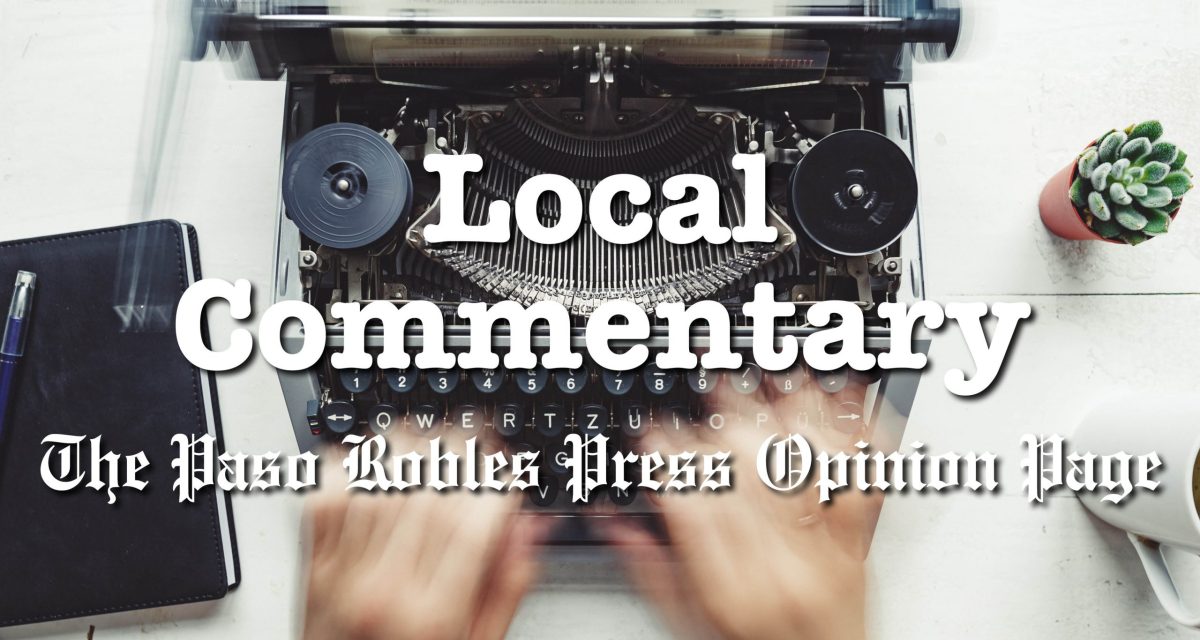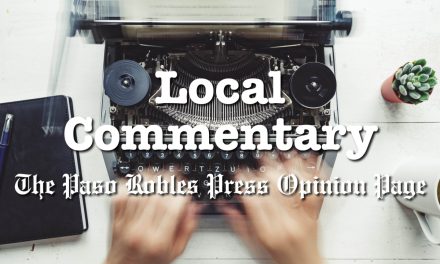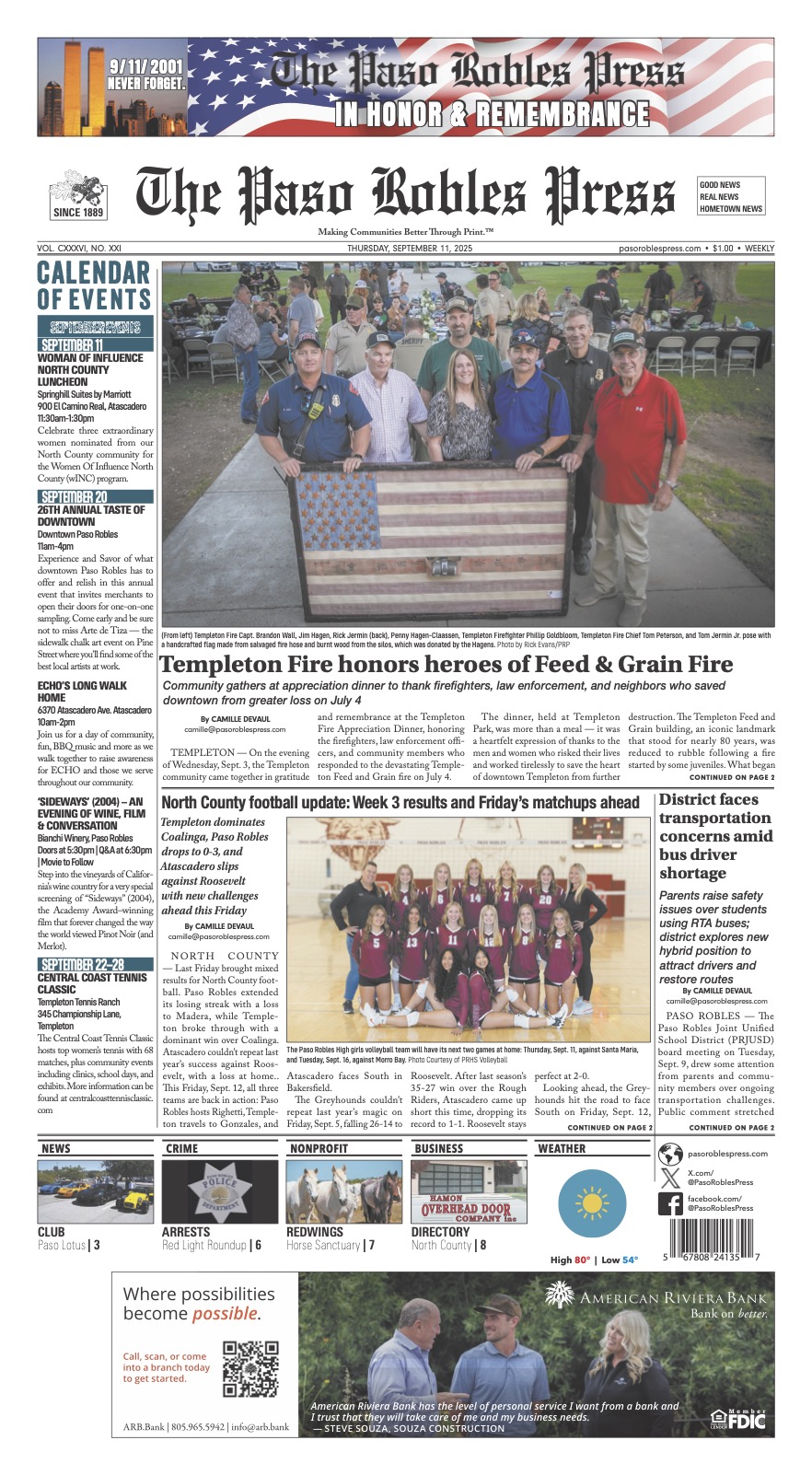I was the announcer for a large video livestock auction for over 20 years until my health made it impossible for me to continue. About twice a year we sold cattle for several grazing associations. These were usually a group of ranchers who commingled their calves to run on big BLM allotments. Not having the facilities to wean their calves and background them for 45 or 60 days like the buyers preferred, they sold the balling calves right off the cow. That was strike one against the cattle to begin with.

Putting a heavy sort on the cattle to separate them by owner on the morning of the shipping probably would have equated to an eight to ten percent shrink which no one wanted to take. So they sold the calves all as one lot. This allowed the grazing association members to sell in bigger truckload lots which the buyers liked. What the buyers weren’t so happy about was that the calves weren’t all that uniform as to breed, size or potential and they displayed every color of the rainbow. This was strike two against the calves and naturally the cattle didn’t sell as well as the top sellers, which didn’t sit well with some of the grazing association members whose calves got the average price per calf of the lot. The problem was all the ranchers thought their cattle were above the average of the lot. Which is impossible, right? We can’t all be above average.
I wanted to understand better how these grazing associations worked so I could do a better job of describing the cattle on sale day, so I invited several members of a grazing association to breakfast one morning at my expense at Little America in Cheyenne, Wyoming. My first question to the group was, “Why don’t you color code the calves as to owner with ear tags so on the morning of the shipping the calves could be easily separated by owner and sold as individual lots?”
“Some of the lesser members,” said one elderly member while staring at a younger member of the group, “don’t have enough calves to make up a load. At least any kind of a load any buyer in his right mind would want to buy.”
“Yeah,” replied another, “and what do you do when several calves have lost an ear tag? The only way then is to run them through a chute, shave the brand that was haired over and then put the calf in the right pen before weigh-up. Meanwhile the rest of the calves are shrinking faster than a toad on hot asphalt.”
“One idiot of our association,” said another member as he glared at the guy he’d just called an idiot, “suggested that we could color code the cattle by having one member breed all Angus, another all Hereford, another all Red Angus and another Charolais.”
“It was a good idea,” defended the rancher previously described as “the idiot.”
“No it wasn’t,” said another dissatisfied member. “What happens if I happen to be the black Angus breeder and I used a bull or two who carried the red gene. Then the Red Angus breeder could end up getting paid for my calves.”
“The real problem,” said yet another member, “is that, not naming any names, one of our cheapskate members buys his replacement females as one-shot cows right out of the slaughter run and his calves are terrible, while I buy all my replacements from a reputable purebred firm and that makes my cows and their calves far superior to all the others.”
I asked no one in particular, “It sounds like each of you has serious issues with other members of the group. Do you have regular meetings to try and resolve these issues?”
“Are you kidding?” said a bashful member who’d not said anything yet. “We tried to set up a meeting once but the conversation darn near broke out in a full scale riot. We couldn’t even decide at whose house we’d meet.”
“Wow,” I said, “I never realized how tricky running a grazing association could be?”
“Oh, it could be worse,” said the last unspoken member of the group. “Just think how bad it could be if we weren’t all brothers!”












